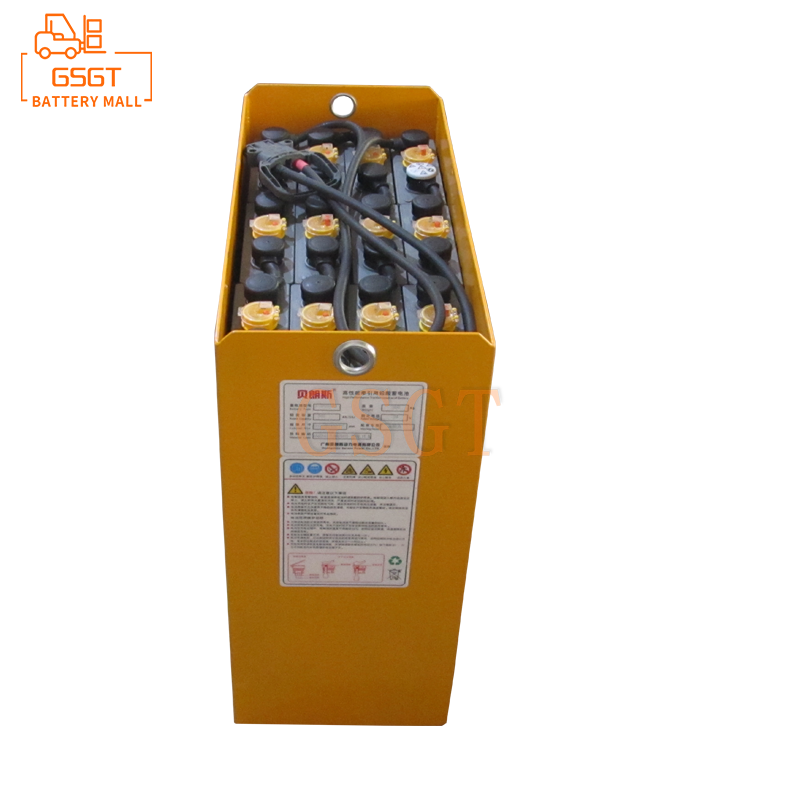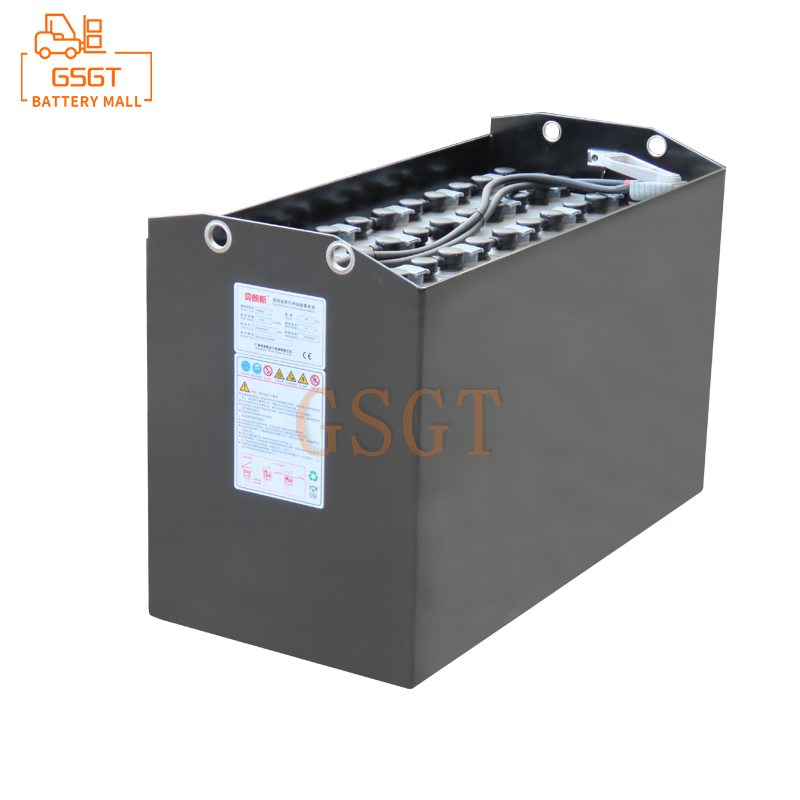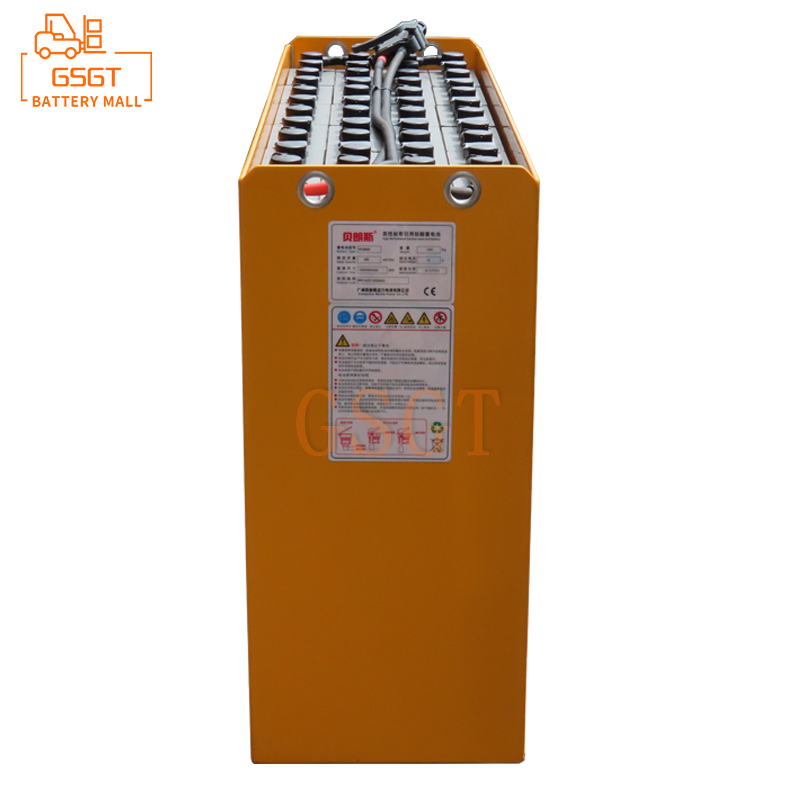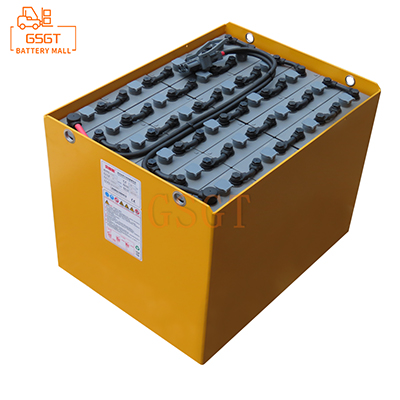Time:2025-03-14 11:14:45
Browse:192
In our lives, lead-acid batteries are everywhere. From the car starting power supply to the power source of electric bicycles, and then to the backup power supply of communication base stations, it has become one of the most widely used chemical power supplies by virtue of its advantages of low cost, high reliability, and good current discharge performance. However, when these lead-acid batteries complete their mission and go to scrap, if they are improperly disposed of, they will become a huge environmental hazard.
Lead-acid battery is mainly composed of positive plate, negative plate, electrolyte (sulfuric acid solution), separator, battery groove and other parts. Among them, the positive and negative plates contain a lot of lead, which is a heavy metal that is harmful to human body and the environment. When discarded lead-acid batteries are discarded or disassembled improperly, lead may enter the soil and water along with rain. In the soil, it will destroy the soil structure, affect the activity of soil microorganisms, and then reduce soil fertility, hinder the growth of crops. After entering the water body, lead will be enriched in aquatic organisms, and eventually endanger human health through the food chain, which may lead to diseases of the nervous system, blood system, reproductive system and other aspects. At the same time, if the sulfuric acid in the electrolyte leaks, it will cause the acidification of the water body, change the pH value of the water body, and cause serious damage to the living environment of aquatic animals and plants.
From the point of view of resources, lead-acid batteries contain valuable wealth. Lead is a ductile, corrosion-resistant metal with a wide range of industrial applications. According to statistics, recycling 1 ton of waste lead-acid batteries can extract about 0.8 tons of lead, which compared with lead extraction from lead ore, not only can greatly reduce the ecological damage caused by lead mining, but also save a lot of energy. In addition to lead, substances such as plastics and sulfuric acid in batteries also have the value of recycling. After the plastic is treated, it can be used to make new battery casings or other plastic products, and the sulfuric acid can be reapplied to industrial production through processes such as purification.
In the formal recycling process, the recycling enterprise will first classify and store the collected waste lead-acid batteries. It is carefully classified according to the specifications, capacity, damage degree, etc., so as to adopt the appropriate treatment process in the future. During the storage process, strict safety measures such as leakage prevention, fire prevention and explosion prevention will be taken to ensure that the battery will not cause harm to the environment during the waiting process.
The disassembly process is crucial, and professional workers use professional tools to open the battery casing in a closed and environmentally friendly workshop. During this process, the electrolyte is safely collected to avoid its leakage. The collected electrolyte is sent to a specialized treatment plant, where sulfuric acid is converted into reusable industrial sulfuric acid through a series of complex processes such as neutralization and purification. The disassembled positive and negative plates and other lead-containing parts will enter the smelting process. Smelting is usually carried out in advanced furnaces where lead is separated from other impurities under the action of high temperatures. The waste gas produced in the smelting process contains pollutants such as lead dust, and the enterprise will purify the waste gas through efficient waste gas treatment equipment, such as cloth bag dust collector, desulfurization and denitrification device, etc., to ensure that the emission is up to standard. After smelting and purifying the lead, the purity can reach more than 99%, and these recycled lead will be reused for the production of lead-acid batteries or other lead products to achieve the recycling of resources.
At present, China's lead-acid battery recycling industry is still facing many challenges. For one thing, illegal recycling continues. Some individual traders in order to pursue high profits, in the absence of any environmental protection measures, privately purchased and dismantled waste lead-acid batteries. They sold lead at will and discharged pollutants such as electrolytes at will, seriously damaging the ecological environment. On the other hand, the overall technical level of the industry is uneven. Due to limited funds, some small recycling enterprises can not introduce advanced recycling equipment and technology, resulting in low recycling efficiency, low resource recovery rate, and greater risk of environmental pollution in the process of treatment.
In order to promote the healthy development of the lead-acid battery recycling industry, the government, enterprises and the public need to take active action. The government should further strengthen supervision, crack down on illegal recycling, raise the industry access threshold, and standardize the market order. At the same time, increase support for the research and development of recycling technology, encourage enterprises to carry out technological innovation, and improve the level of resource recycling and environmental protection. Enterprises should enhance the awareness of environmental protection and social responsibility, increase investment in the construction of environmental protection facilities and technological upgrading, and actively adopt advanced recycling and treatment processes. The public should also improve environmental awareness, correctly understand the harm of waste lead-acid batteries, and hand over waste batteries to regular recycling enterprises to contribute their own strength to the cause of environmental protection.
The recycling of lead-acid batteries is not only related to environmental protection, but also closely related to the recycling of resources. Through standardized recycling processes, advanced technical means and joint efforts of all parties, we can turn "waste" into treasure, achieve sustainable use of resources while reducing environmental pollution, and lay a solid foundation for building a green, circular and low-carbon social development model.

$1105

$2450

$3810

$3405

MESSAGE
Professional And Efficient
Security
Affordable Price
Professional Services